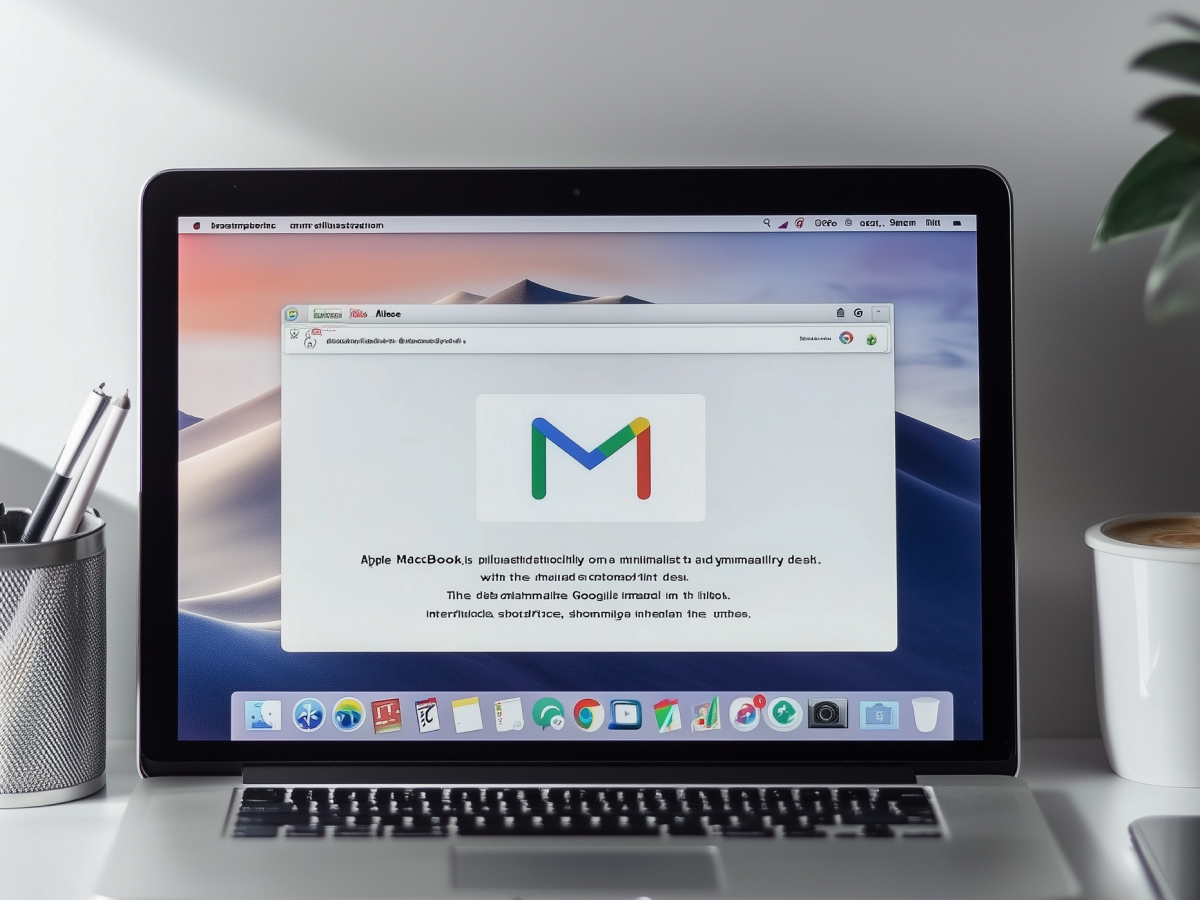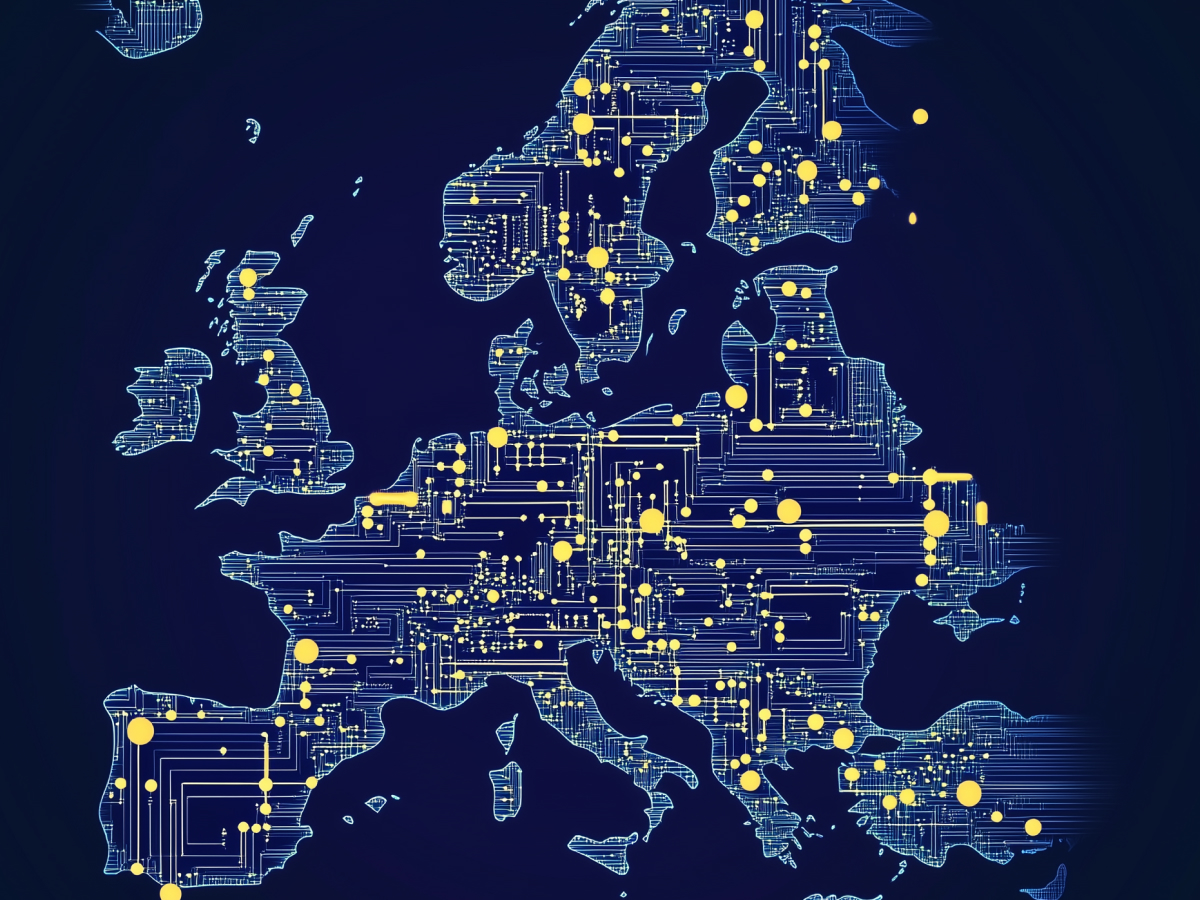Gmail’s new end-to-end encryption marks progress but falls short of comprehensive data protection
Google’s rollout of end-to-end encryption (E2EE) for Gmail is a good move. It shows they’re serious about evolving their security stack. There’s now an option for enterprises, especially those on higher-tier Workspace plans, to manage their own encryption keys. That’s big. It means your data isn’t just protected in transit or at rest; now you can cut Google out of the loop entirely if you configure it right. You get more control over who can access what, and when.
Still, don’t assume this feature solves everything. End-to-end encryption isn’t enabled by default. It won’t protect your communications unless somebody configures it, correctly. For C-suite leaders, this is the part that matters. If security tools aren’t automatic and easy to deploy at scale, most companies either won’t activate them or will misconfigure them. That leaves gaps. In high-stakes environments, gaps in email security are not acceptable.
John Spencer-Taylor, CEO of BrainGu, made a key point here: this update improves security without adding complexity, at least for organizations that know how to use it. That’s good engineering. But for the average enterprise, without a strong in-house security team, even low-friction tools can be ignored or underutilized. Ensar Seker, CISO at SOCRadar, emphasized this. Features that are “not automatically applied” are often features that go unused.
Executives need to approach this with clarity. Gmail’s new capabilities offer promise—but only when your teams understand and activate them. This is not something to delegate to IT blindly. If your business handles sensitive intellectual property, financial data, or regulated information, you need to make sure encryption is turned on, keys are controlled internally, and there’s accountability for how it’s deployed.
Secure communications mean owning your risk surface. Gmail just gave you more control. The smart move is to use it intelligently and deliberately.
Third-party data access remains a security challenge
Even with strong encryption protocols, if your data passes through or resides with a third party, you’re exposed. That’s the reality with Gmail, even after the new end-to-end encryption rollout. Google still touches parts of your communication infrastructure. Unless your team exclusively holds the encryption keys and fully controls both ends of the message pathway, you don’t have absolute control over your data.
Raj Rajarajan, director at the Institute for Cyber Security at City St George’s, University of London, put it simply: even when Gmail is configured properly, Google still has access to your content. That alone makes it a potential point of failure. There’s a big difference between having encryption and having exclusive authority over who can decrypt.
Lawrence Pingree, VP at Dispersive, brings up another clear risk. If your organization doesn’t hold its own encryption keys, then technically, someone else does—and that “someone else” can access your data. Worse, that opens up long-term risk. Encryption can be brute-forced or broken, especially as computing power advances. Quantum computing isn’t here yet, but when it is, any stored data secured by today’s algorithms could be vulnerable to retrospective decryption.
For business leaders, this is a key takeaway: using Gmail, or any third-party SaaS email provider, introduces shared responsibility. And shared responsibility always brings shared risk. Even if encryption is in place, full ownership of your sensitive information only exists when you fully control your data flows—end to end, edge to edge.
Data is a business asset. If someone else can read it, hold onto it, or misconfigure its storage, it’s not entirely yours. With Gmail, or any cloud-based email system, leaders need to weigh convenience against strategic control. You can outsource infrastructure. You can’t outsource accountability.
Layered email security beyond Gmail’s native tools is key
Gmail’s built-in tools are a starting point, not a complete solution. For enterprises dealing with real security concerns, intellectual property, personal customer data, or regulated information, you need more than what Google provides out of the box. Gmail can encrypt. It can route traffic efficiently. But it can’t meet high-assurance enterprise security standards on its own.
Ensar Seker, CISO at SOCRadar, makes it clear: one layer of protection isn’t enough. He recommends using dedicated encryption gateways to control message flows, deploying Data Loss Prevention (DLP) tools to monitor and restrict sensitive content, and implementing identity verification to limit unauthorized access. This gives your organization multiple checkpoints between message creation and final delivery. It reduces the chance that anything sensitive slips through unsecured.
It’s also important to manage the edges. That means locking down mobile access and all third-party app integrations tied into your workspace. These are often overlooked and represent high-risk entry points for attackers. If a phone is compromised or an app is misconfigured, even top-tier encryption won’t prevent data from leaking.
For executives, the priority should be sustaining a layered, resilient, and operationally manageable security posture. That requires investment in systems that support your specific risk thresholds—not just relying on what’s simple or preinstalled. Gmail’s updates shouldn’t replace your current stack. They should complement a broader strategy built on control, visibility, and responsiveness.
Security threats evolve. Your stack has to evolve faster. Don’t depend on a single platform’s promise. Build the framework that matches what you’re protecting.
Proactive user education and awareness are critical to mitigate email threats
Technology doesn’t solve human error. Most successful email-based attacks today don’t rely on breaking encryption, they rely on manipulating people. That includes phishing, business email compromise (BEC), and social engineering. These threats bypass security controls by targeting employee behavior, not infrastructure.
James McQuiggan, security awareness advocate at KnowBe4, recognizes this gap. He pushes for practical user education as part of the overall security strategy. Tools like DLP policies and mail filters are valuable, but they don’t catch everything. If a user clicks on a high-quality phishing email, the damage can happen before technical defenses respond.
Training programs need to be more than yearly check-the-box courses. Employees should learn how to recognize suspicious requests, urgent language, impersonation patterns, and unauthorized access attempts. These threats are constantly shifting. The training must evolve with them.
For executives, this comes back to risk exposure. Users are an extension of your security infrastructure. They either act as barriers or as access points. If you’re investing in security tools but not investing in your people, you’re leaving one of the largest vulnerabilities wide open.
Security awareness is operational leverage. It scales across departments, lowers response time to live threats, and strengthens your entire communication layer. Whether your CTO owns the technical stack or you’ve distributed that responsibility across teams, the top leadership needs to set expectations: cybersecurity includes users, not just systems. Build a culture that supports it.
Email should not be considered the go-to medium for sensitive communications
Email is a general-purpose tool, not a specialized channel for transmitting highly sensitive or regulated information. Even with Gmail’s upgraded end-to-end encryption (E2EE), the platform still operates within a broader cloud environment that carries inherent exposure risks. Messages may be stored indefinitely. Devices used to access messages might lack adequate protection. And depending on how your organization manages email endpoints, vulnerabilities can persist long after encryption is applied.
Lorrie Cranor, director and Bosch Distinguished Professor at Carnegie Mellon’s CyLab, explained that Gmail’s E2EE, assuming it’s even used, does not provide guaranteed protection across the entire communication path. If the receiving server doesn’t support encryption, messages can be intercepted mid-transit. And if users rely on weak passwords, lack multifactor authentication, or use unprotected endpoints, all of these can be exploited regardless of backend encryption.
Ensar Seker, CISO of SOCRadar, went further. He underlined that Gmail, even under its updated security model, isn’t sufficient for businesses dealing with regulated information. If your organization operates under standards like HIPAA (for healthcare), GDPR (for data protection), or CMMC (for defense contractors), relying solely on Gmail opens the door to compliance gaps. These can lead to fines, reputation loss, and breaches with long-term consequences.
For executives, the logic is simple: don’t treat all communication channels as equal. Sensitive content, such as legal contracts, health records, financial documents, or military-grade IP, requires more than broad encryption. It demands secure workflows where you control the tools, the destination, and the access permissions from start to finish.
Email just isn’t designed to meet that threshold alone. And assuming it can do so, even with added features, creates a false sense of security. The smarter path is to classify your data by sensitivity and match each category with the communication channel built to handle it securely. That decision belongs at the leadership level. Make it deliberately.
Key takeaways for leaders
- Gmail encryption is progress, not a solution: Leaders should ensure encryption settings are actively enabled and managed. Gmail’s new E2EE offers more control but isn’t applied by default, making manual activation and internal key management essential for real security.
- Third-party access still adds risk: Executives must weigh the trade-offs of SaaS communication platforms like Gmail. Even with encryption, vendors like Google still present exposure risk if they hold or touch your data or encryption keys.
- Layered security must be standard: Relying solely on Gmail’s native protections is inadequate. Enterprise leaders should deploy multiple layers, DLP tools, encryption gateways, access controls, to protect critical communications across devices and environments.
- Users are part of the security perimeter: Decision-makers should mandate organization-wide training to reduce human-led breaches like phishing and BEC. Technology alone cannot fix user-driven vulnerabilities.
- Email is not fit for highly sensitive data: Sensitive or regulated information should be routed through secure, dedicated channels, not general-purpose email. Leaders should classify data by risk and use tools specifically designed to meet compliance requirements.




